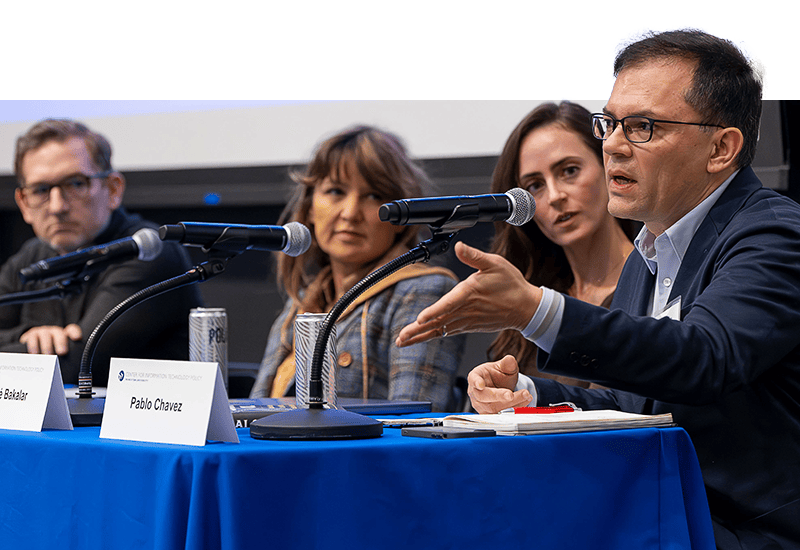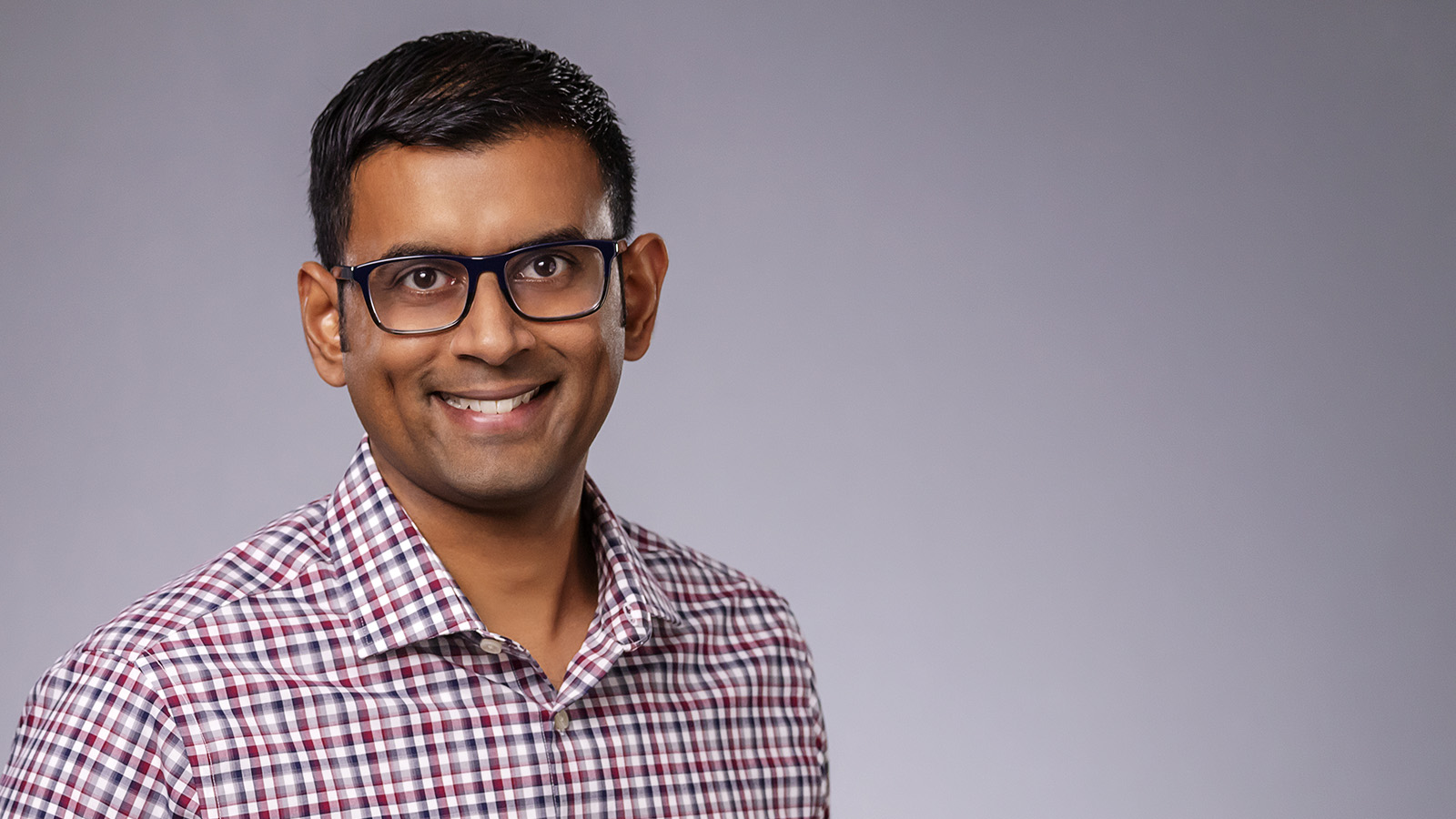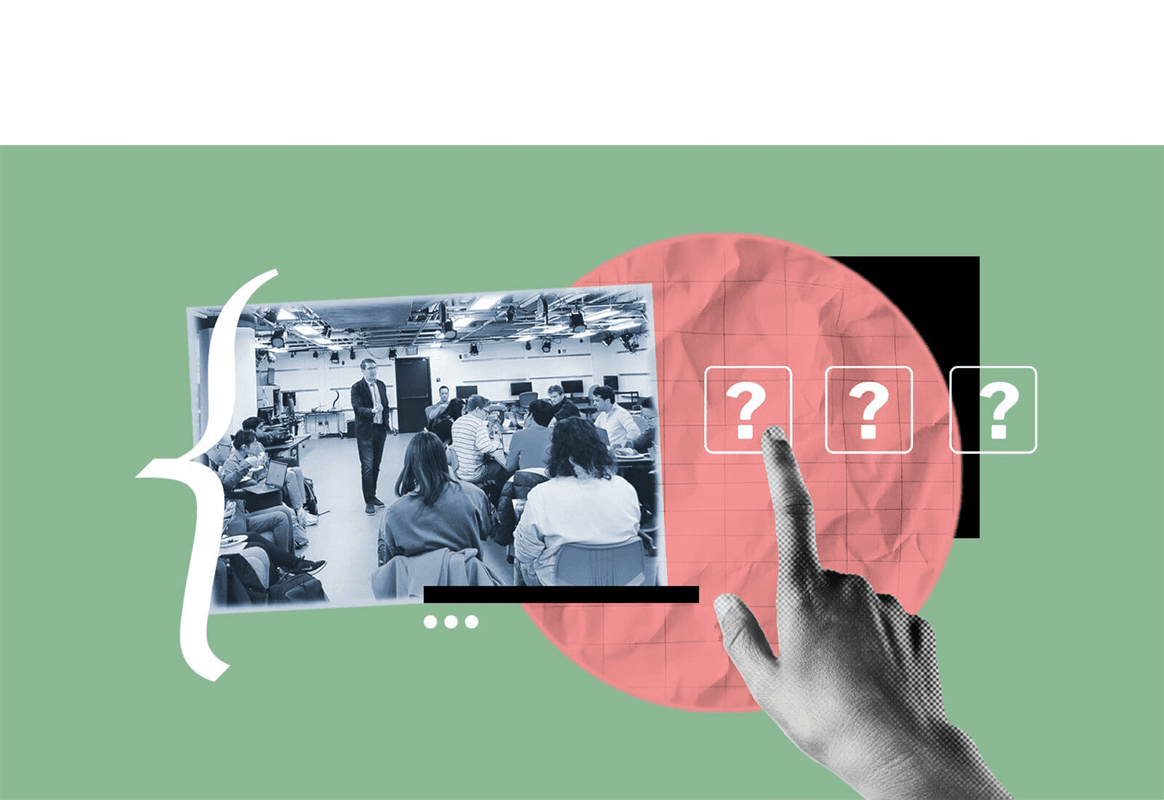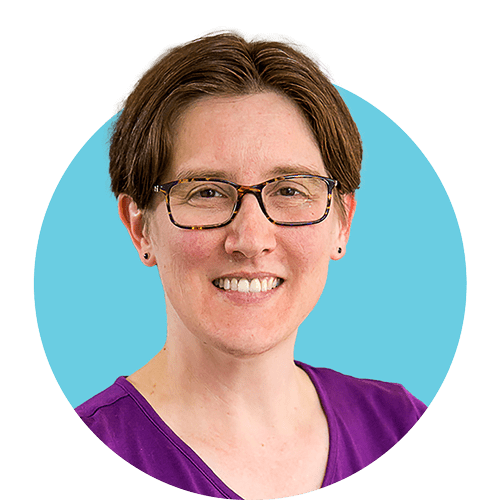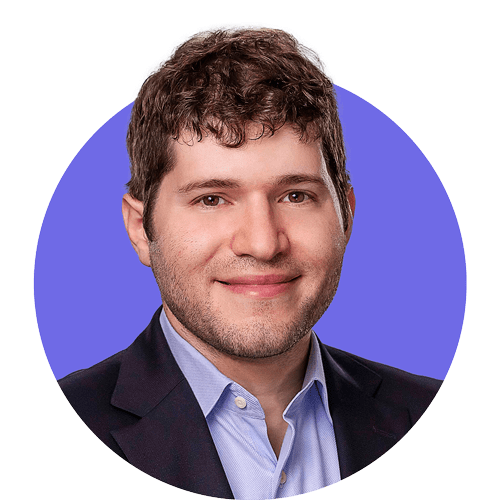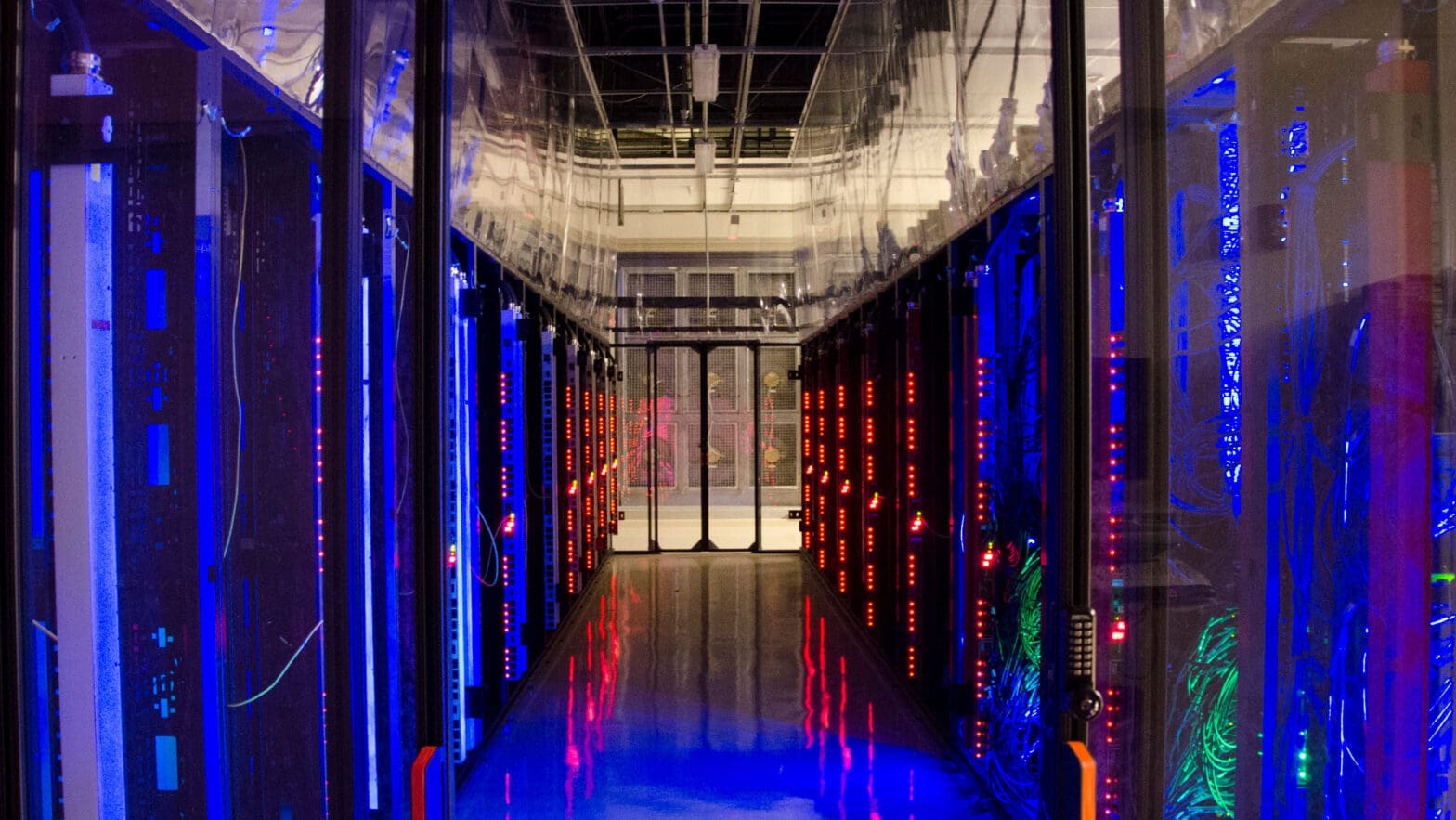
At CITP, students examine broadband inequities and the digital divide
By
on
“I recognized the vital importance of addressing digital inequalities, particularly in a city as diverse and unequal as Sao Paulo,” said Bergues, who graduated this year from the Princeton School of Public and International Affairs (SPIA) with a master in public affairs degree. “Having spent several years in the field, I know that digital inclusion concerns are not always prioritized.”
At Princeton, Bergues also recognized that issues around digital inequality — also called “the digital divide,” a reference to the chasm between people with access to high-quality broadband and those without — are complex, and that her knowledge was limited. In the fall of 2022, she enrolled in Bridging the Digital Divide: Technology and Policy, a course offered by Princeton’s Center for Information Technology Policy (CITP).
“I thought this course could prepare me with skills and knowledge to tackle these issues more effectively,” said Bergues, who plans to continue doing policy work in the digital transformation arena. “I wanted to broaden my technical understanding of the issues concerning internet access, digital infrastructure and connectivity.”
Bergues is the type of student that instructors Tithi Chattopadhyay, CITP’s executive director, and Mihir Kshirsagar, CITP’s Tech Policy Clinic lead, had in mind when they developed the course last year. With the global pandemic fueling a demand for virtual educational, medical, professional and other online services, and strong broadband to access them, many public policy students like Bergues have come to view an understanding of broadband as foundational to their work.
“The goal is to introduce students to how to think about complex technologies,” Kshirsagar, a former attorney in the New York State Attorney General’s Bureau of Internet & Technology, said of the course.
Many of the students are in master’s degree programs at Princeton’s School of Public and International Affairs and are planning to go into policy work, but don’t have a technical background in broadband, he said. The class gives them a working knowledge of the economic, technical and legal issues around the digital divide.
“We’re not necessarily training people to work in broadband or work for the Federal Communications Commission,” said Chattopadhyay, an economist who was also director of the Wisconsin Public Service Commission’s State Broadband Office from 2012 to 2015. Rather, the class broadly touches on the education, health, economic and other factors related to digital disparities.
“We’re broadly covering the different aspects of the topic to give them a holistic view,” said Chattopadhyay.
Global Pandemic Highlights Disparities in Internet Access
Academics, researchers and non-profits like the Benton Institute for Broadband & Society — a resource in the Bridging the Digital Divide class — have been studying disparities in internet services for decades, from connectivity and affordability, to digital skills and funding. But the 2020 global pandemic made the consequences of the nation’s choppy broadband networks starkly apparent. While millions of middle- and upper-class workers and students returned to work and school virtually via Zoom, hundreds of thousands of children without internet access were essentially locked out and left out of society.
“People realized how important the internet and digital technology was,” said Chattopadhyay. “Suddenly people were able to make a link between digital tech access and other key societal requirements like health care and workforce development.”
Digital infrastructure, broadband and the internet, core to CITP Mission
Digital infrastructure, including broadband and the internet, has long been a research priority at CITP, which is an initiative of SPIA and the School of Engineering and Applied Science. The center’s work has included studying ways to protect user privacy online, how to make networks secure, internet censorship, measuring internet speed quality, and analyzing the way information travels across networks. In 2016, for instance, CITP researchers launched the Interconnection Measurement Project to collect and analyze data from internet service providers.
Integral to that research is the study of inequalities in broadband and how it impacts average citizens, said Chattopadhyay. “How can you not work on issues around inequality for something that is so fundamental to all parts of our lives? How much happens on paper anymore? Who applies for a job by sending out a resume anymore? With healthcare access a lot of the scheduling is done online, and your medical reports come online.”
Last year, computer science professor and Princeton Provost Jennifer Rexford, a member of CITP’s associated faculty, collaborated with other researchers on Building Flexible, Low-Cost Wireless Access Networks With Magma, a paper that describes “Magma,” an open-source platform for building affordable wireless access networks so that under-served communities can get online.
And tools developed by CITP researchers help journalists investigate the disparities that exist around internet access, cost and quality. The Markup, in 2022, released Dollars to Megabits, You May Be Paying 400 Times As Much As Your Neighbor for Internet Service, an investigative report based on the CITP research paper No WAN’s Land: Mapping U.S. Broadband Coverage with Millions of Address Queries to ISPs. That project was led by CITP graduate student Ross Teixeira, professor of computer science and public affairs Jonathan Mayer, and alumnus David Major.
The Bridging the Digital Divide class complements CITP’s more technical programming; it helps public policy students a develop a framework for entering the policy arena with an awareness of the gaps in digital access, and ideas on how to address it, said Kshirsagar and Chattopadhyay.
Digital Divide class evolves as landscape changes
The Bridging the Digital Divide course begins with an introduction and history of the digital divide and progresses to more technical readings and discussions, such as talks on how the internet works, 4G and 5G service, and fiber and cable networks, among other topics.
Kshirsagar and Chattopadhyay also explore affordability, network ownership and engagement with local communities — to make sure they have a say in political decisions governments are making about broadband locally. Students also gain an awareness of the stakeholders, including consumers, regulators and the industry; and models for funding internet service, such as government-sponsored, fee-based or provider subsidies.
“The students are surprised at how concentrated this industry is,” said Chattopadhyay.
For their final term paper, students made recommendations to the New Jersey Community Broadband Study Commission on how to address the digital divide. Bergues’ project focused on understanding how different states implemented broadband initiatives, and outlining recommendations.
Both Chattopadhyay and Kshirsagar expect the course materials and topics to evolve as the technological landscape of broadband changes. Initially, the digital divide was a reference to access to broadband, said Kshirsagar. Now, he said, “access questions are getting increasingly addressed, but affordability and the skills to use those technologies are not yet addressed.”
Eszter Hargittai, a former CITP fellow and the author of Connected in Isolation: Digital Privilege in Unsettled Times, spoke to the class about the gaps in internet skill that may lead to inequities between people of different education levels. A person’s social position can influence their “digital context,” and ultimately, their life outcomes, she said. She said more educated people tend to have educated friends who can help them use technology, compared to a less educated person, who may not have assistance.
Chattopadhyay also points out that the digital divide may have a different meaning internationally, such as in countries where political leaders ban access to certain websites or shut off the internet in times of conflict. In a 2018 post, When The Choice Is To Delete Facebook Or Buy A Loaf Of Bread, CITP researchers wrote in CITP’s Freedom to Tinker research blog about the financial reliance some low-income South Africans had on Facebook’s Free Basics product because it gave them access to the internet for free.
Chattopadhyay said solving the digital divide is linked to solving inequality. “We can keep bridging it. We can keep doing better. But it’s something you always have to keep an eye on.”
